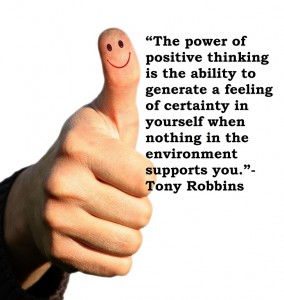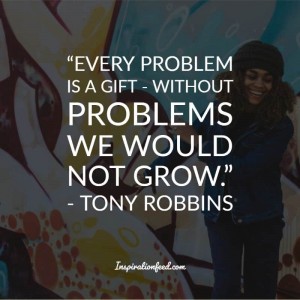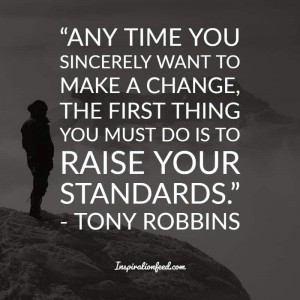AWAKEN THE GIANT WITHIN
Are you in charge of your life? In one sentence, it means that you are taking charge of everything about your life, and that there never was or is anyone but yourself to blame for anything that you experience. It means that no matter what you are living right now; you know it is up to you to change it. It is always up to you. And, you can do wonders when you take immediate control of your mental, emotional, physical and financial destiny. In his masterpiece “Awaken the Giant Within,” Tony Robbins, the bestselling author of Inner Strength, Unlimited Power, and Money Master the Game, shows us how to do that.
Robbins has served as a peak performance consultant for the executives of organizations like IBM, AT&T, American Express and the United States Army, and he gives coaching to a number of prominent world figures.
In this book, we learn that each decision, or lack of it, has its consequences. If you don’t decide, how you’ll live 10 years from now? you have, by default, decided to let circumstances dictate your life. Every popular person had, at some point in their lives, made the most important decision. For Robbins, the revolutionary point came 8 years before he wrote the book. He was fat and broken when he decided that he had to change his life, and never be less than his best again. In the book, Robbins shares many examples and stories of how a real decision can change the whole thing.
The second lesson we learn is that what we do is to escape pain, or to get pleasure. Even if we logically believe that something is good for us in the long term, we may not take action if we believe it’ll bring us temporary pain. Still, all of us have a pain threshold, where the level of pain is so high that we undertake never to face it again. The key is to learn to use pain and pleasure to drive our decisions and actions, rather than be controlled by them.
In this book, Robbins explains the concept of belief systems and limiting beliefs in great detail. In short, a belief is basically a ‘feeling of certainty about something’. A mere idea starts to develop “legs” when we find references or experiences that support it. The strength of the belief depends on the level of emotional intensity and the number of references. We are free to understand references in any way we want. And, it doesn’t matter if a belief is ‘true’. We, the humans, can rationalize anything we wish to, if the belief allows us and makes us empowered in return.
When we do something, our brain creates a neural connection to the associated feeling or behaviour. The more we do it, the more we strengthen the connection. Eventually, it forms a “neural super-highway,” and we do/avoid those actions, even when the sensation suggests otherwise. Conversely, if we stop a response long enough, the pathway declines. This is how we sabotage our goals with ‘false neuro-association’ and ‘mixed neuro-association’.
The good news is: our habitual mental shapes can be changed quickly and permanently, using neuro-associative conditioning (NAC). This is a 6-step system designed by Robbins to interrupt your disempowering patterns, and establish new, empowering ones that run without constant effort and will power. Altering your belief systems and limiting beliefs are just the first steps. To truly improve your life, you need to change your policies.
Everything we’ve ever wanted in life, e.g. aims about money, family, career, is to allow us to feel what we want to feel, e.g. loved, respected, and happy and fulfilled. Our feelings are our internal compass to tell us if we are on course.
Successful people ask better-quality questions that empower and lead them to good answers. Questions can instantly shift your focus and feelings, help you to prioritize, and uncover assets and answers. For example, instead of asking “why am I so upset?” ask “what am I happy about in my life now? ‘What am I grateful about in my life now?” and ‘What could I be most happy about in my life now?’ —Page 195.
Language is a vital part of beliefs, and it shapes how we perceive, think, feel and act. Just by changing words and labels you put on your emotions, you can change how you feel. Robbin terms this “Transformational Vocabulary”. Words affect how we construe events around us, and generate an immediate biochemical effect. Metaphors are also very powerful because they bring up strong emotions, imagery and associated frame guidelines. Robbins covers numerous examples and details of words you can use to reduce the emotional intensity of negative feelings, heighten positive sensations, or soften your approach, as well as how changes in metaphors change insights and structures rubrics.
In our garden of life, weeds like negative emotions will always appear. We shouldn’t ignore them, nor get upset over them. Simply eradicate the weeds and plant your positive emotions daily so that your garden may be healthy and vibrant.
 Jahangir's World Times First Comprehensive Magazine for students/teachers of competitive exams and general readers as well.
Jahangir's World Times First Comprehensive Magazine for students/teachers of competitive exams and general readers as well.



